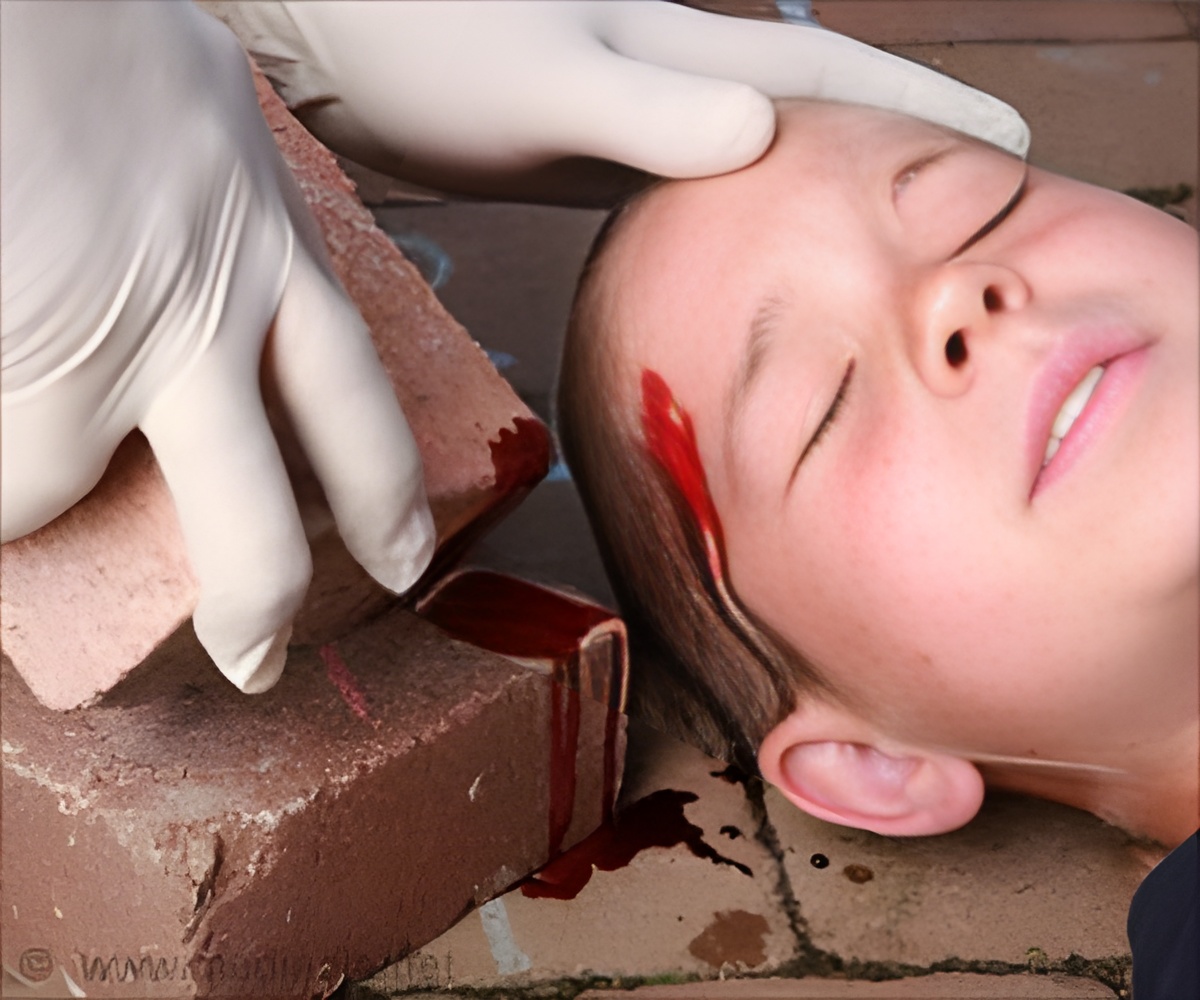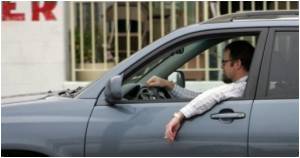
‘One of the world's most sophisticated traffic research facilities enables researchers to measure pedestrian reactions to virtual reality scenarios.’
Tweet it Now
"While we already knew that children were less able than adults to recognize road crossing hazards, our goal was to pinpoint which behaviors might lead to accidents and develop training to correct them," explains Anat Meir, Ph.D., a lecturer in the BGU Department of Industrial Engineering and Management. The study examined experienced-based hazard perception differences among child pedestrians and relative to experienced adults. Overall, the experimental design included groups of seven to nine year-olds, nine to 10 year-olds, 10 to 13-year-olds, and experienced adult pedestrians. The study simulated 18 prototypical streets in Israel and used an eye-tracking device to study how 46 adults and children evaluated when it was safe to cross. Participants' eye movements were recorded to identify areas or objects of interest and unique behaviors.
"As predicted, we found that child pedestrians age seven to 10 had the most difficulty in identifying when it was safe to cross and recognizing hazards caused by parked vehicles or curvature in the road that restricts field of view," Dr. Meir explains.
Older children did not perform much better and lingered on the curb for an excessive amount of time, which indicates that they are less able to distinguish between safe and hazardous situations than adults. In interviews, the children did not express an understanding of how crossing safety could be impacted by factors such as car speed and field of vision.
"These results can serve as a tool to construct a hazard perception training intervention for youngsters," Meir says. "Moreover, the differences that emerged between the various children age groups reinforce that child pedestrians cannot be trained as a group, but rather the training needs to be adjusted to the level of experience the child has gained."
Advertisement
Source-Eurekalert











